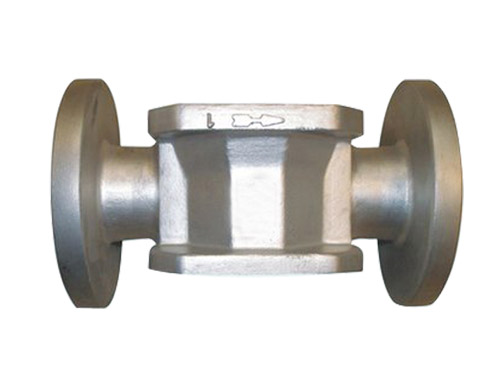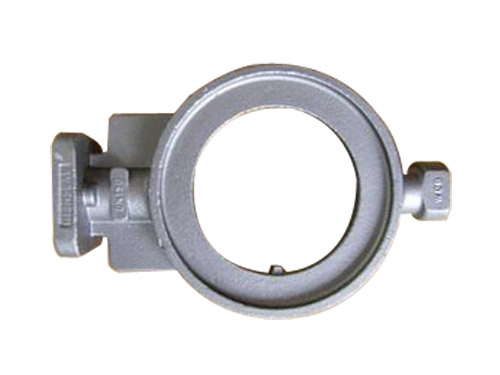First, iron concentrate reverse flotation desulfurization.
The harmful impurity sulfur in iron concentrate is generally in the form of pyrite and pyrrhotite. The sulfur in the form of pyrite can be removed by flotation or magnetic separation of xanthate, and pyrrhotite Sulfur in the form is difficult to remove because of its strong magnetic properties and its floatability is susceptible to various factors. Research and practice at home and abroad have proved that the surface of pyrrhotite is easy to oxidize (formation of iron hydroxide), muddy, magnetic agglomeration, etc., which greatly reduces its floatability. For this reason, in the flotation desulfurization, it is generally used. Acid scrubbing surface, dispersing agent dispersing, demagnetization, multi-stage activation, enhanced harvesting and other measures to improve the removal rate.
Second, iron concentrate reverse flotation phosphorus removal.
Phosphorus impurities in iron concentrates mainly exist in the form of apatite and collophosphate, and a small amount is present as rare earth phosphate minerals. Although the floatability of phosphorus minerals is better than that of iron minerals, the difference in floatability between the two is not significant. Therefore, magnetic separation is generally used to remove the coarse-grained phosphorus minerals, and then reverse flotation In addition to phosphorus minerals in fine-grained inlays. In the reverse flotation, a large amount of water glass or an appropriate amount of starch is generally added to inhibit iron minerals, and an anionic collector is used to float phosphorus minerals. The suitable pH value is about 10, and the slurry heating is beneficial to improve the phosphorus removal effect. For example, the Grangesberg plant in Sweden and the Hipasam iron ore plant in Argentina have adopted this process in the industry. The phosphorus in iron concentrates can be from 1% and 0.45 respectively. % decreased to 0.016% and 0.16%; phosphorus (rare earth phosphorus) in iron concentrate of Baotou Steel Plant in China decreased from 0.3% to 0.15%; the results of phosphorus reduction test of iron concentrate in Meishan Concentrator showed that phosphorus can be obtained from 0.4% or so fell below 0.18%. Although this method is a current and simple process for industrial applications, generally the iron loss in the floating phosphorus foam is large, so the foam is usually recycled by magnetic separation and re-selection to reduce the iron loss.
In order to remove the phosphorus mineral together with the siliceous mineral, an anionic collector reverse flotation process using a strong alkaline medium (pH = 11 to 12), a starch as an inhibitor, and Ca++ as an activator may be employed. For example, Rana Grubery conducted a variety of phosphorus removal processes for iron ore in the Lana plant. It was concluded that the best results were achieved with this process, and the iron concentrate grade could be increased to 65. %, phosphorus content is reduced to less than 0.015%.
In addition, for the fine-grained phosphorus-containing weak magnetic iron ore, a selective flocculation de-sludge-anion collector (ca++ activation) reverse flotation process can be used to simultaneously remove impurities such as phosphorus and silicon, such as Tilden to the United States. The (Tilden) iron ore was tested by this process, and the results showed that the phosphorus removal effect of the process was better than that of the selective flocculation desiccant-cation collector reverse flotation process.
Third, the reverse flotation of iron ore fluoride and an alkali metal oxide (Na 2 O, K 2 O ).
The fluorine in the iron concentrate is generally in the form of fluorite or rare earth fluoride. Usually in an alkaline medium, the iron mineral is inhibited by a large amount of water glass or an appropriate amount of starch, and the anion collector is used as an anti-mineral, such as Baotou Steel in China. The iron concentrate in the plant uses the anion collector reverse flotation process to remove fluorine, and the water glass as the dispersion and inhibitor. The fluorine content in the iron concentrate can be reduced from 1% to 2.4% to about 0.65%, but there is still iron. The problem of large loss and low fluorine removal rate. In addition, a process of adding starch as an inhibitor to a strong alkaline medium, adding Ca++ as an activator, and an atomic collector to float fluorine and silicon at the same time can also be used.
The alkali metal oxides in the iron concentrate are mainly present in the form of alkali metal silicate minerals (such as feldspar minerals, etc.). According to the physicochemical properties of the silicate minerals, the cationic flotation reverse flotation process is generally used. At the same time, it is proved that the addition of hydrofluoric acid is beneficial to increase the removal rate of alkali metal oxides, but it is necessary to extend the flotation time. To ensure the floating of silicon-containing minerals in iron concentrates.
Precision Casting Of Mechanical Parts is one branch of carbon steel precision casting, which is widely used in train markets. Mechanical parts precision casting of adopts lost wax casting, also called investment casting. In wax pattern process,we mix stearic acid and paraffin wax.
In wax pattern making, as you know, it is better than polyethylene, and the wax deformation is small. In dipping slurry process,most of the suppliers adopt water glass technics in domestic area,but we adopt compound technics or silica sol technics. As you know, carbon steel castings will be much smoother with compound technics (compound of water glass and silica sol technics),this method is so popular with our customers, and the quality is higher than water glass technics, the cost is lower than silica sol technics.
In shell making,we adopt automatic sand-covering production line, which was invented under the guidance of our general manager.The indoor temperature was controlled by air-conditions,keeping the temperature at 24℃±1℃, which can make the castings much more stable,the internal tissues much more well-proportioned.
Our mechanical parts as precision casting products have quality assurance in accordance with ISO9001: 2008, strict material inspection and exact dimension control, with 100% quality control. OEM order is welcome. The parts can be made completely based on your specifications such as drawing, design, sample etc.


Precision Casting Of Mechanical Parts
Mechanical Precision Casting,Investment Casting for Mechanic Parts,Machinery Part Precision Castings,Mechanical Part Investment Castings
Wei fang junlong precision casting Co.,Ltd , https://www.junlongcasting.com